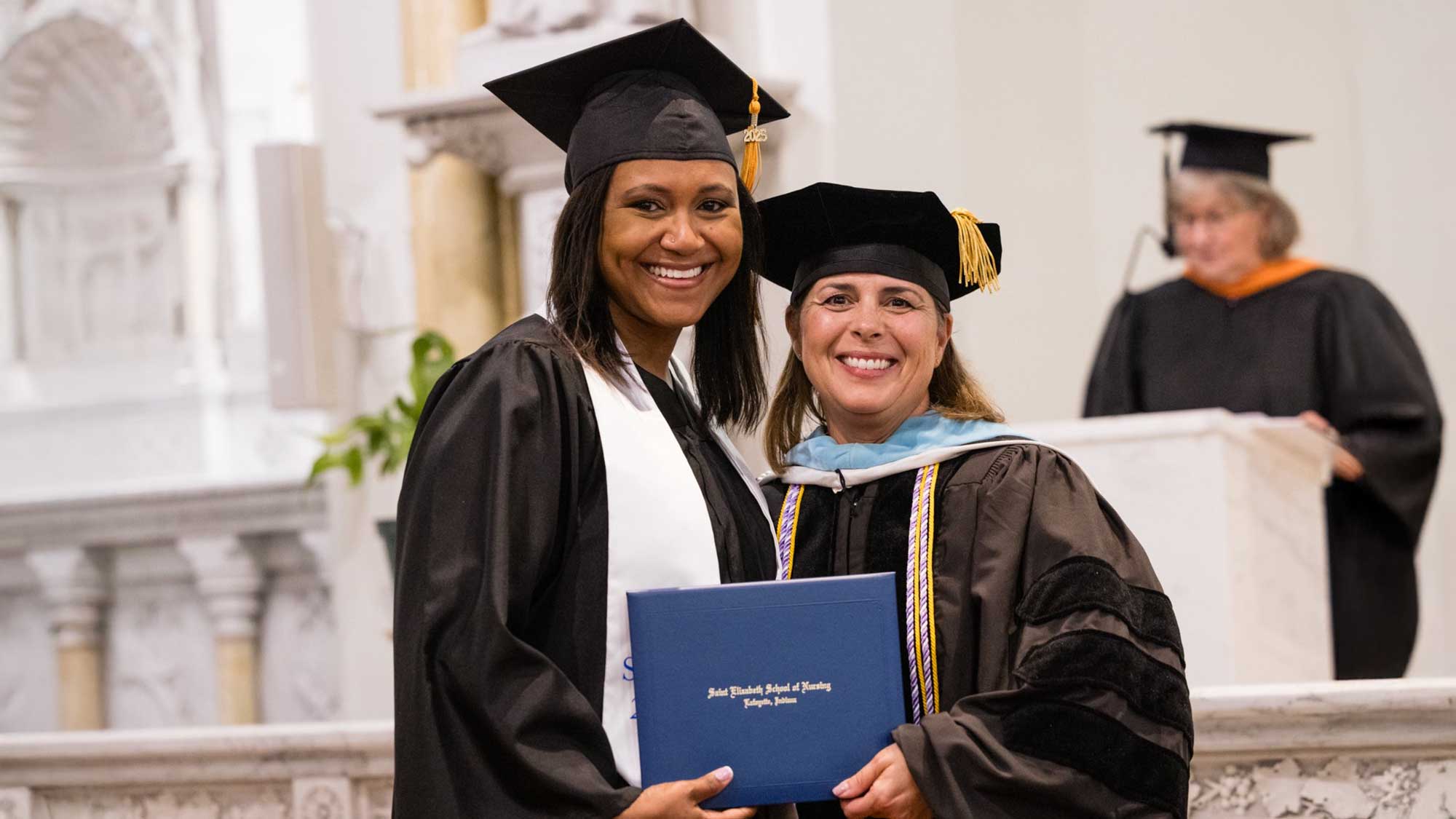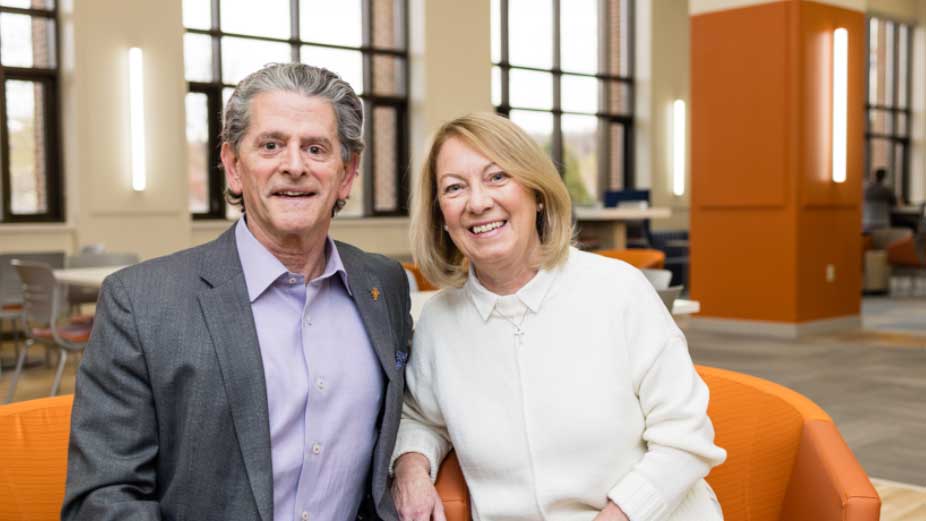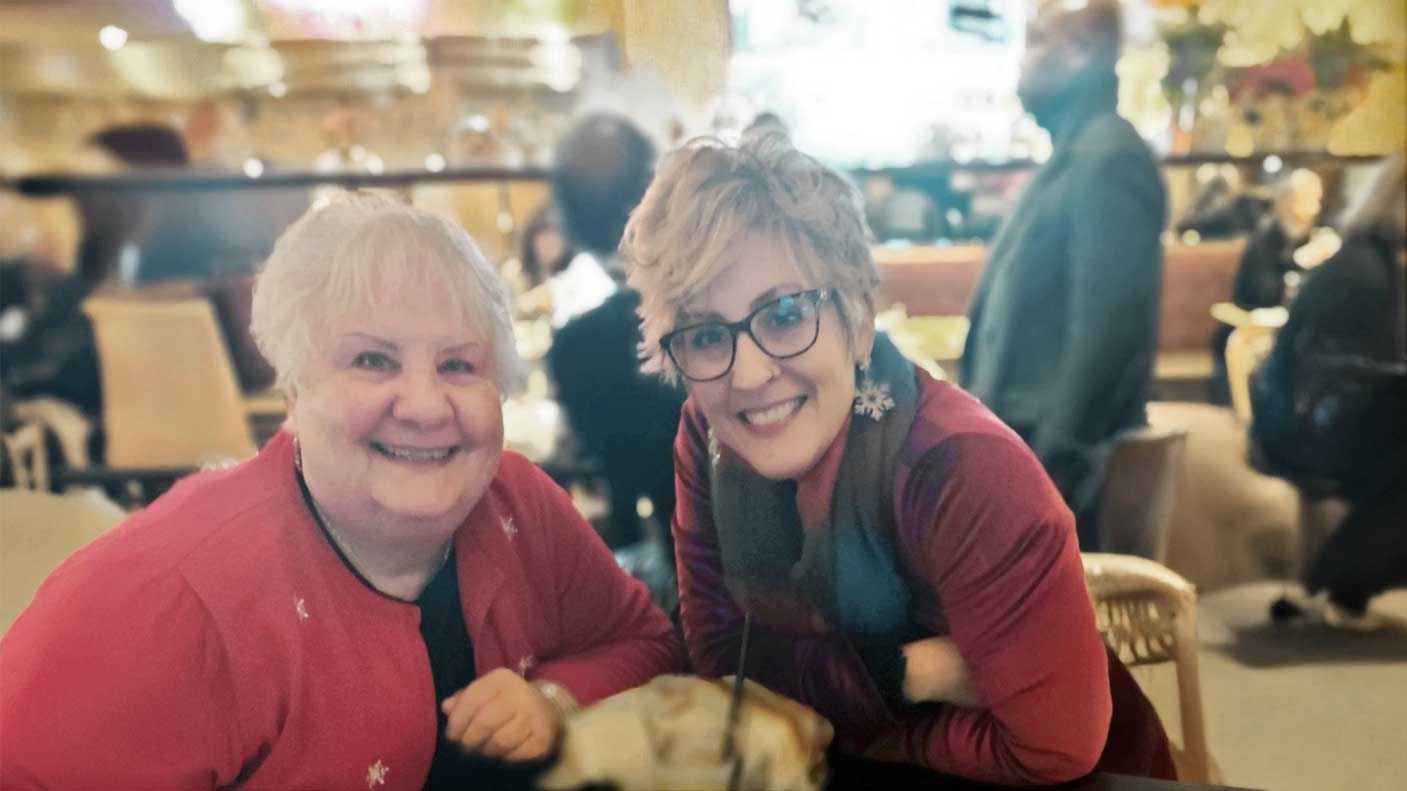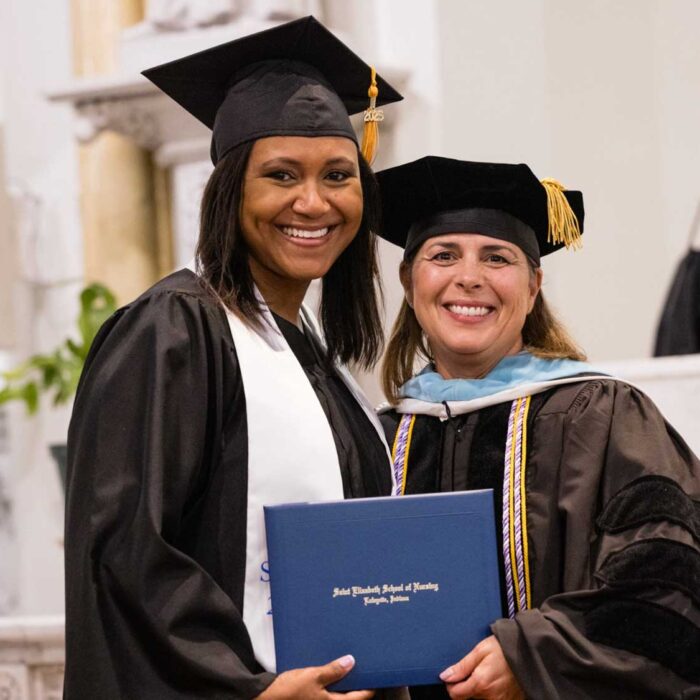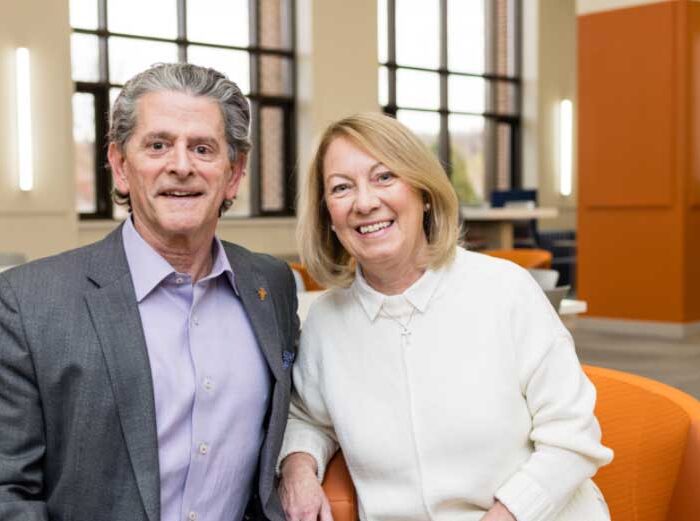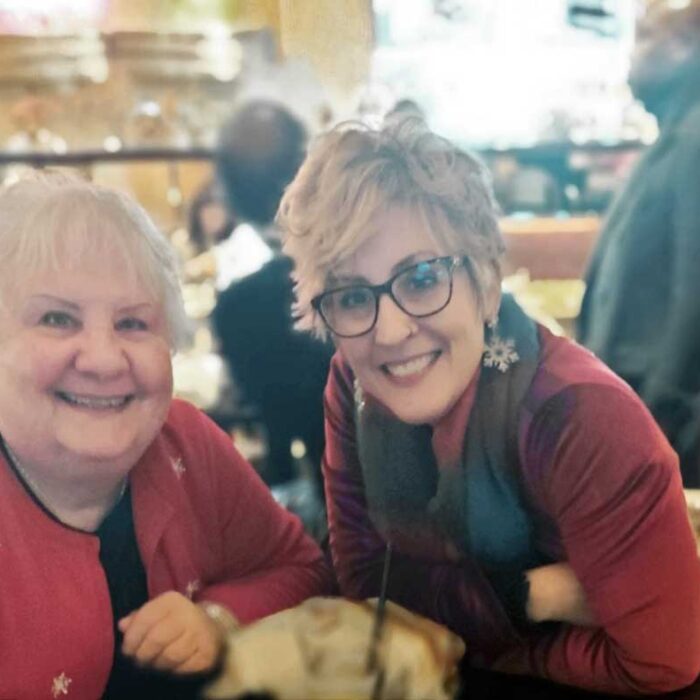A New Learning Partner
This year, St. Elizabeth School of Nursing will continue to work with Assessment Technologies Inc. (ATI), a leader in standardized testing and AI-driven learning tools. A dedicated consultant from ATI will be joining the school’s faculty to introduce adaptive assessments, data dashboards and AI-enhanced feedback into the classroom and simulation lab.
These tools are not replacing traditional education. Instead, they are helping students develop confidence and clarity in a healthcare system that increasingly relies on technology. According to ICU Clinical Resource Nurse Jessica M. Smith, BSN, RN, who serves at Franciscan Health Lafayette East, this type of integration is already part of daily life for nurses in the field.
“We utilize AI in our EMR that assists with monitoring patients and alerts providers if a patient has significant changes,” she said. “I’ve also used AI to help create case scenarios for critical care novice nurses, which has been a valuable educational tool.”
Strengthening Clinical Reasoning
With the support of AI-enhanced modules, students are practicing how to assess complex patient cases using both data and discernment. In simulation labs, they may encounter AI decision-support features—tools that highlight concerning trends or offer evidence-based suggestions
for care.
But students aren’t being taught to follow these recommendations without question. Instead, faculty guide them to critically evaluate each suggestion, ask thoughtful questions and apply clinical judgment. In this way, technology becomes a tool that strengthens reasoning rather than replacing it.
Smith agrees, emphasizing that these realistic simulations help bridge the gap between theory and practice. “AI allows students and nurses to participate in scenarios that respond accurately and immediately to interventions,” she said. “It builds critical thinking, decision-making and clinical confidence in a safe, low-risk environment.”
Learning to Read Patterns Not Just Charts
As part of the updated curriculum, students are also introduced to AI-supported tools that help flag early signs of conditions like sepsis or stroke. These experiences are forming a new generation of nurses who are confident in interpreting electronic alerts, sifting through large volumes of information and staying calm amid rapid change.
“We’re not teaching students to be technicians,” said Smith.
We’re teaching them to be thoughtful clinicians who understand how to balance information with human presence.
Smith echoed the value of pattern recognition and early intervention, but she also offered a word of caution. “AI has come a long way, but it will never fully replicate the complexity and unpredictability of real patients,” she said. “There’s no substitute for hands-on care, and that human connection must remain at the heart of nursing.”
Supporting Faculty in the Transition
To ensure the integration of AI tools is aligned with the school’s academic and spiritual mission, faculty are receiving direct support from ATI through workshops, mentoring and ongoing collaboration. These sessions help instructors bring AI into the curriculum in a way that is rigorous, respectful and rooted in person-centered care.
Jessica Smith sees faculty support and ongoing training as essential.“It’s vital that students and nurses understand where AI gets its information—and that not everything it suggests is always accurate,” she said. “Knowing how to use AI effectively, and when to question it, is just as important as knowing how it works.”
Alumni at the Forefront
Graduates are already seeing the benefit. One alumna now working in a busy medical-surgical unit reflected on how training with AI simulations helped her understand complex alert systems in her hospital’s electronic records.
“Because I practiced with that kind of decision support in school, I wasn’t overwhelmed when I saw it in the real world,” she said. “It gave me a foundation to trust my judgment and respond quickly but compassionately.”
Smith believes AI-powered learning platforms are helping prepare students to meet challenges earlier in their careers. “Students can now identify their own learning gaps and use AI to build personalized study tools,” she said. “It’s a fast, flexible way to strengthen skills—but it works best when paired with real-world feedback and expert mentorship.”
Technology With a Heart
As exciting as these changes are, the heart of St. Elizabeth’s mission remains unchanged. The school’s Catholic tradition calls students to care for the whole person—mind, body and spirit—and to do so with humility, wisdom and compassion.
In this evolving environment, AI is not the focus. Formation is. Technology is simply one more opportunity to help students become the kind of nurses who listen deeply, think clearly and serve faithfully.
Smith reminds us that balance is key. “If we rely too much on AI for training, we risk losing the human connection that is so essential in healthcare,” she said.
We need a healthy combination of AI-driven learning and in-person, hands-on experience.
Looking Ahead
With the ATI consultant soon to be educating faculty about practical strategies for using AI in nursing education, St. Elizabeth is preparing to roll out additional AI-informed learning features, including:
- Virtual patient scenarios that adapt in real time based on student decisions
- Predictive analytics dashboards that help personalize learning plans
- Clinical partnerships that allow students to use AI-supported decision tools under supervision
Each initiative is grounded in the school’s vision: to form nurses who are not only clinically excellent but also ethically grounded and spiritually aware.
Looking to the future, Smith imagines AI tools that serve as real-time companions for new nurses. “I’d love to see a pocket-sized AI tool that links novice nurses to experts on demand,” she said. “Something that offers clinical guidance, access to reliable information and learns with you—not just alerts you. That kind of support could be transformative in critical care.”
In a world where technology moves fast, St. Elizabeth nurses are being prepared to move wisely, bringing light, learning and leadership into every patient encounter.
As seen in the The Lamp Fall 2025 issue

